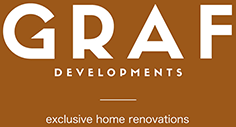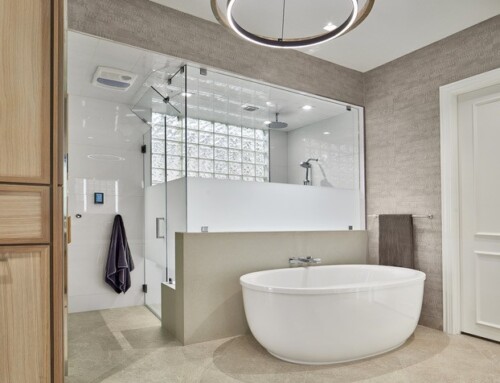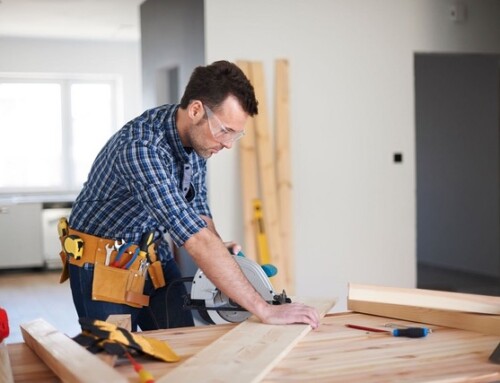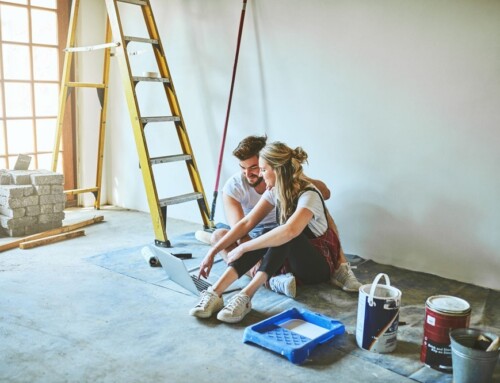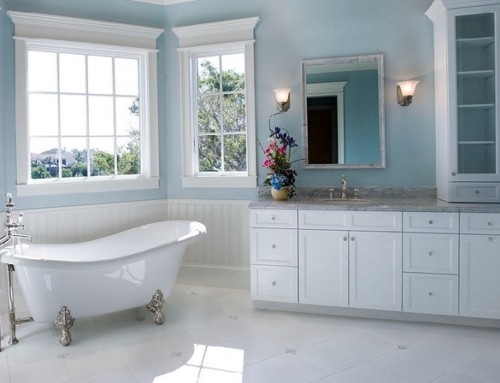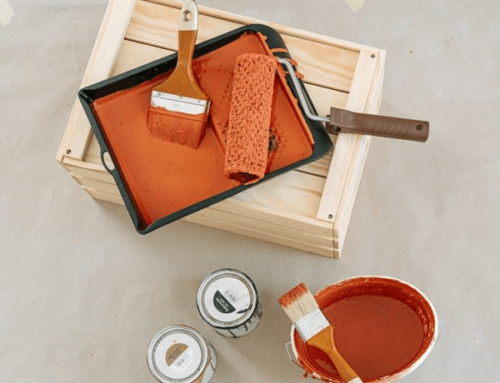Existing home sales in the United States number in the millions. Often, these homes need upgrades in order to be fully serviceable for the home buyer. While some buyers have the money on hand to make repairs, many must borrow the money from a reputable lender. Home improvement loans enable buyers to purchase properties that need structural and cosmetic repairs. Buyers who are considering purchasing a fixer upper and who plan to borrow the money to fund the repairs will need to know more about home loans and how they work.
Home Improvement Loans
A home buyer who would like to borrow money to make home repairs will have many options. Different home loans function in different ways. There are multiple home loans available.
EZ “C”onventional
The EZ “C”onventional is a loan that is obtained in addition to a conventional mortgage. The EZ “C”onventional loan is used for home repairs, such as new countertops, that are not structural in nature. All repairs must add value to the property. This type of loan is fairly flexible in that it can be used to cover repairs that are appraiser-required or borrower’s choice.
Jumbo Renovation
The Jumbo Renovation is a loan that is separate from the mortgage and is used exclusively to make non-structural repairs to the home. The Jumbo Renovation loan is very similar to the EZ “C”onvention loan, except that it is used for higher-priced homes. These loans can be used for projects that are borrower’s choice or appraiser required. Any repairs that the borrower makes must add value to the home.
Fannie Mae HomeStyle
Fannie Mae HomeStyle loan is a flexible loan that can be used for a variety of purposes. The HomeStyle loan can be used to pay for cosmetic repairs, structural repairs, repairs made to get an appraisal and for general repairs that the homeowner wishes to make. Home buyers like this type of loan because it wraps the mortgage and the repairs into one easy payment.
A HomeStyle loan can be a 15 or 30 year loan. Fannie Mae HomeStyle loans require home buyers to have a good credit score in order to qualify. The HomeStyle loan’s low interest rates are an attractive feature for the right buyer. The loan amount is based on the anticipated value of the home after changes are made.
FHA 203(k)
This type of loan also includes a fee that is added to the principal balance of the loan. Aside from these small details, the FHA 203(k) loan is ideal for buyers looking to purchase a fixer-upper home, which makes it similar to the HomeStyle loan. Home buyers who need to make repairs totaling less than $35,000 have a streamline option that can cover minor repairs. For home buyers who need to make significant repairs to their home, the Full Loan option is available.
USDA Rural Development Home Repair Loans
The USDA offers financial assistance to borrowers who need a new foundation, plumbing, roof, siding, windows, electrical work and appliances. In addition, this loan can also be used to make repairs that improve the safety of the home. Only people who have a qualifying income are eligible for this type of loan. This loan is also only available to residents of rural areas, but the USDA defines “rural” somewhat broadly. Home buyers who want to find out if the home they are purchasing qualifies for this type of loan can check the USDA’s website.
Other Options
Home buyers who either don’t qualify for a home loan at the time of purchase, or who are unhappy with the options available to them, can instead take out a loan after buying their home. Many home owners will take out a home equity loan or a home equity line of credit after purchasing their home. Both of these loans require home owners to have equity built up in their home, so typically home owners must have their home for a while before they’re able to get this type of loan.
Contact A Reputable Lender
A home buyer who would like to purchase a property that needs structural or cosmetic repair should talk to their lender before making an offer. A good lender can help a home buyer decide definitively what loan is right for them. The lender will weigh factors like the home buyer’s credit score, where the home buyer is trying to purchase property, how much the home costs, what kind of repairs need to be made and other variables. After analyzing the home buyer’s status, the lender can recommend a loan that will work for him or her.
